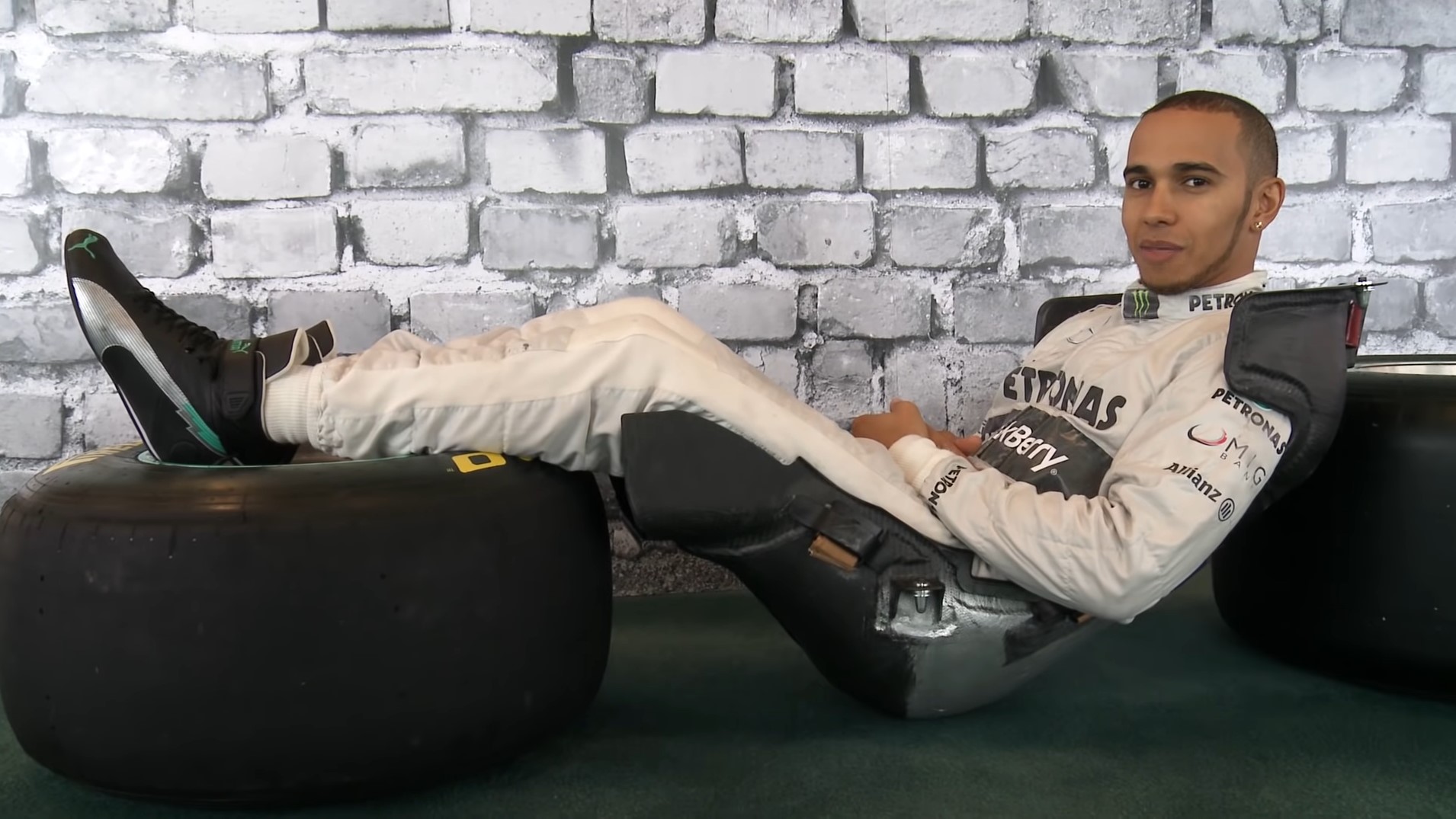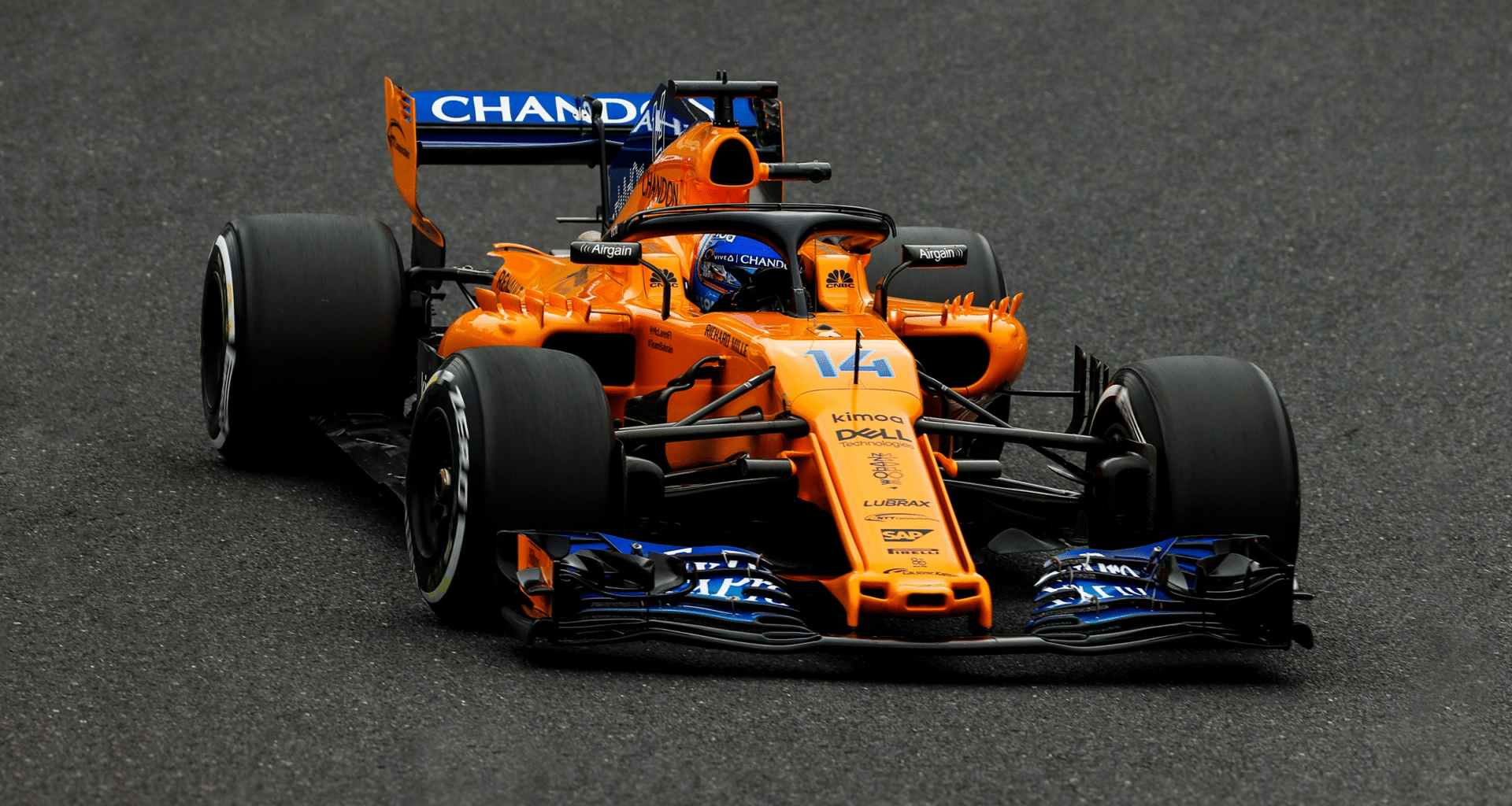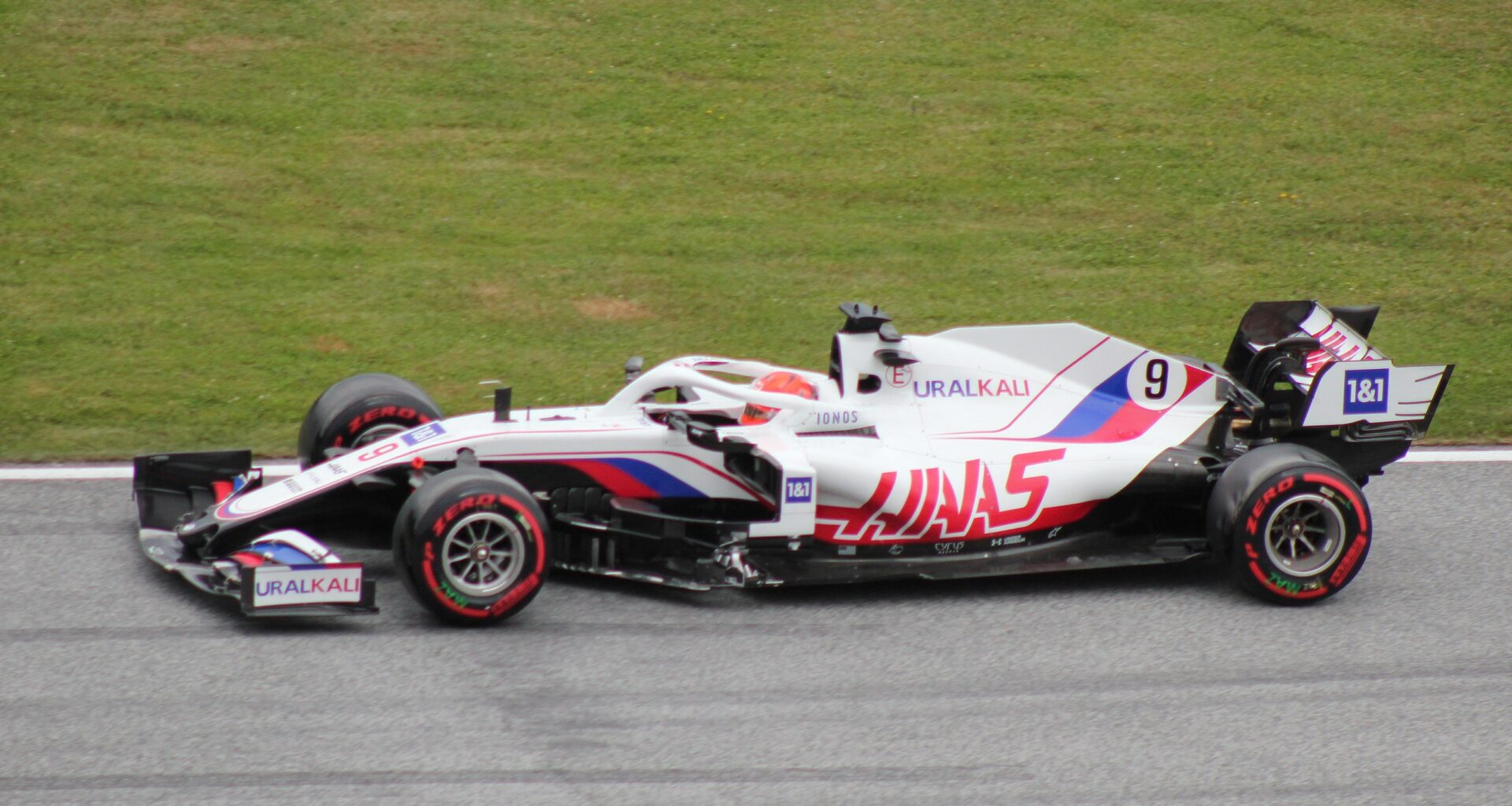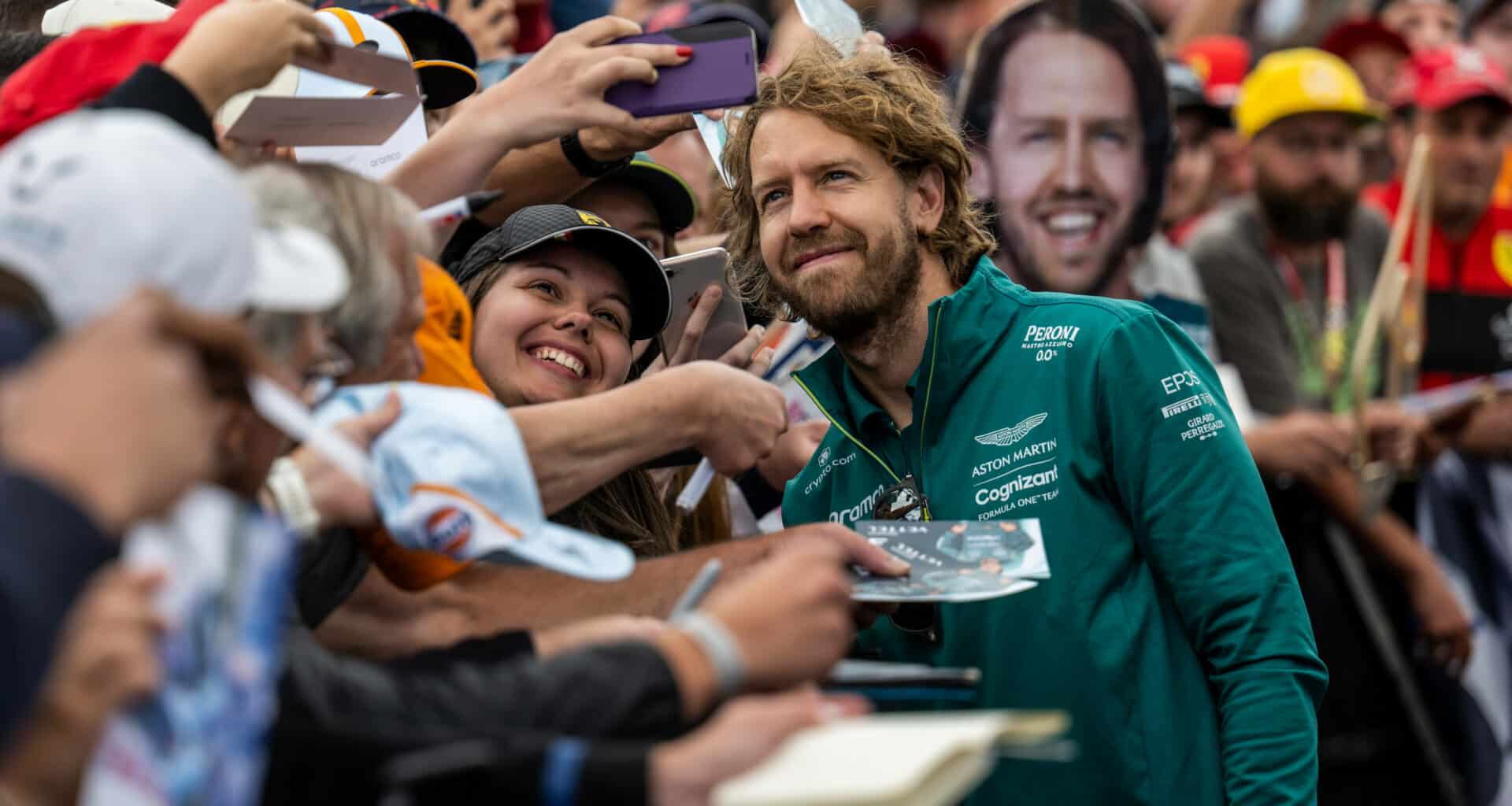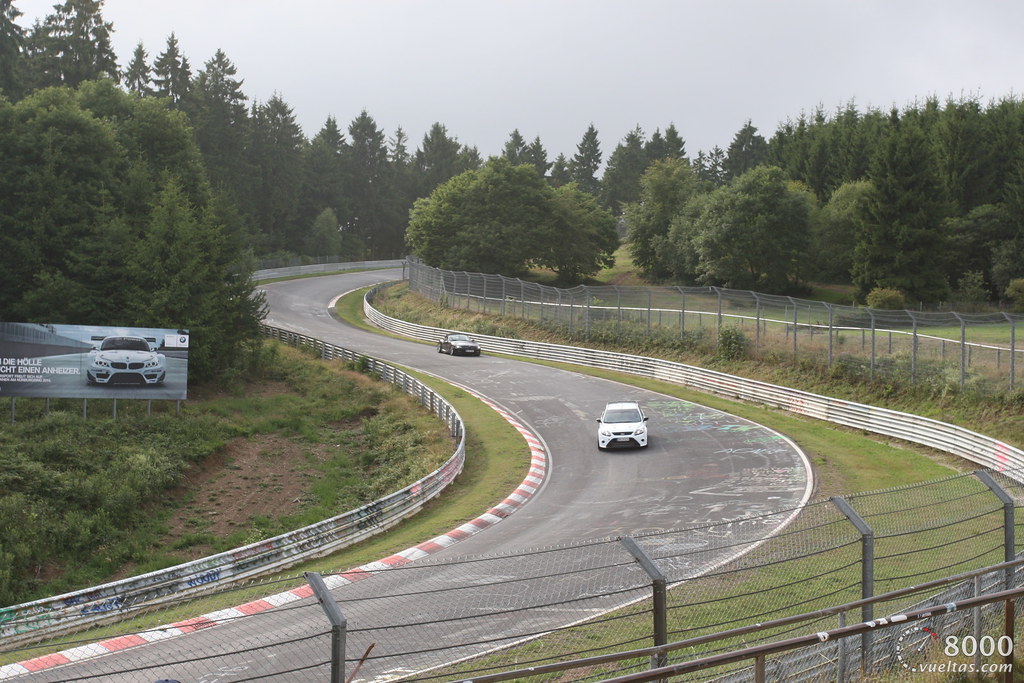One of the most distinctive features of an F1 car is the seating position, which has evolved significantly over the years.
Unlike conventional vehicles, F1 drivers sit in a reclined position with their feet raised, legs stretched out, and backsides as low as possible.
This unique seating position plays a crucial role in the driver’s comfort, control, and safety, as well as the car’s overall performance.
Table of Contents
- 1 Evolution of F1 Seating Position: From 1950s to Present Day
- 2 Comfort and Customization: Tailoring the Seat to the Driver
- 3 Control and Performance: The Impact of Seating Position
- 4 Safety First: How Seating Position Protects F1 Drivers
- 5 The Ideal Seat Angle and Height: Balancing Comfort and Performance
Evolution of F1 Seating Position: From 1950s to Present Day
The seating position in Formula 1 has come a long way since the sport’s inception in the 1950s. In the early years, drivers sat in a more conventional, upright position with minimal support.
As the sport evolved and engineers began to understand the benefits of a lower center of gravity, car designs changed to accommodate a more reclined seating position.

Throughout the 1960s and 1970s, F1 cars became lower and sleeker, with smaller engines and more aerodynamic bodywork. This led to a more reclined seating position, with drivers’ legs stretched out in front of them.
By the 1980s, the seating position had crept even further forward, with drivers’ feet positioned just behind the front axle. However, safety concerns led to regulations requiring drivers’ feet to be positioned behind the front axle line.
In the 1990s, the focus shifted to underbody aerodynamics and higher noses, resulting in another drastic change to the seating position.
Drivers’ feet were raised to just above hip level, and their torsos were angled further back, close to 40 degrees.
This position remains largely unchanged in modern F1 cars, with drivers sitting as low as possible to reduce drag and optimize the car’s center of gravity.
Comfort and Customization: Tailoring the Seat to the Driver
Comfort is a critical factor in F1 seating positions, as drivers must maintain peak performance and concentration during races that can last up to two hours.
To achieve this, each driver has a seat insert molded specifically to their body shape, using high-density foam to ensure proper support in all the right places.
The headrest is also customized to keep the driver’s helmet securely in place.
The importance of a comfortable and ergonomic seating position cannot be overstated. Any discomfort or pain can significantly impact a driver’s ability to perform at their best.
In fact, Lewis Hamilton recently attributed his lack of pace in the 2023 season to a bad driving position, too much in front compared to other cars, it highlighting just how crucial this aspect is for F1 drivers.
Control and Performance: The Impact of Seating Position
Just as you adjust the seat in your road car to feel just right, F1 drivers require a precise seating position to extract maximum performance from their 1000bhp high-downforce machines.
A poorly positioned seat can lead to a lack of confidence and reduced control over the car, ultimately affecting the driver’s performance on the track.
Moreover, the driver’s position within the car can influence their ability to intuitively feel the car’s movements. A well-positioned driver will be in tune with the car, allowing them to perform at their best.
F1 teams have some freedom to move the cockpit and driver’s position forwards and backwards within a 75mm longitudinal window, as dictated by the 2023 F1 technical regulations.

Safety First: How Seating Position Protects F1 Drivers
Safety is the most important aspect of an F1 car’s design, and the seating position plays a crucial role in protecting drivers during high-speed crashes.
The seat is an integral part of the car’s survival cell, and strict rules govern its design and attachment to the chassis.
In the event of an emergency, the seat must be easily removable by rescue crews.
The Ideal Seat Angle and Height: Balancing Comfort and Performance
F1 drivers sit with their backs reclined by around 30 to 40 degrees, their legs out in front of them, and their feet higher than their hips.
This position is a delicate balance between comfort, performance, and safety. Aerodynamics play a significant role in modern F1 cars, with downforce levels so high that a car could theoretically drive upside down.
To accommodate underfloor aerodynamics, designers try to create as much space as possible beneath the driver’s feet. However, there are limits to how high the feet can be positioned and how far back the torso can recline before the driver’s visibility is compromised.
